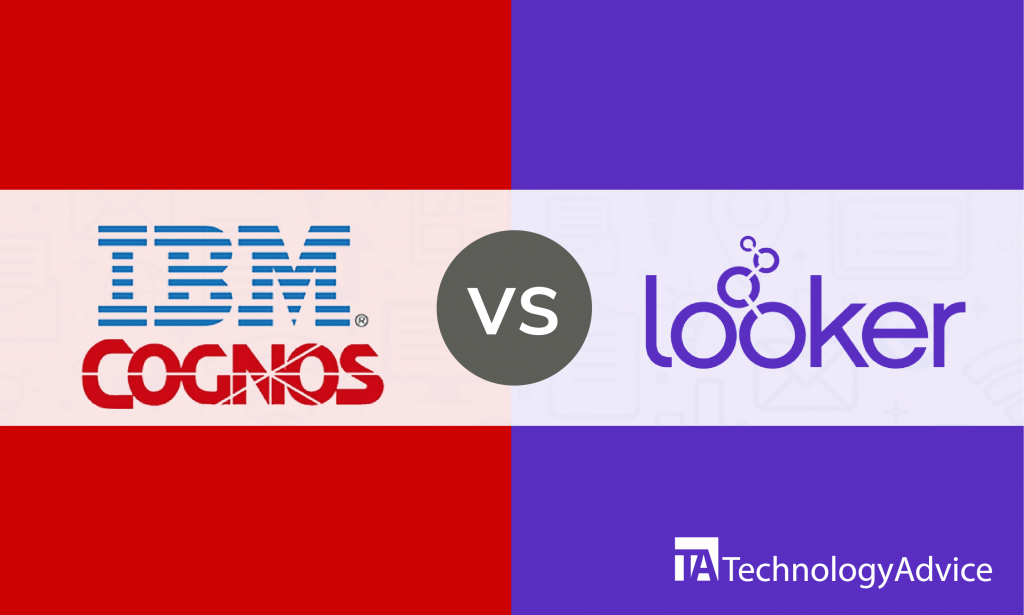Tableau and Yellowfin BI are highly-regarded BI software solutions that have garnered multiple awards and recognition in the business intelligence industry.
They share some of the best features and functionalities any top-grade BI software solution should have.
In this article, we’ll get to know more about the valuable features of Tableau and Yellowfin BI to see what each software can do for your business. We’ll also discuss their differences to determine which option would be the better fit for your organization.
If you’re still looking around for the best business intelligence systems for your needs, we can send you a free list of recommendations. Use our Product Selection Tool to request your shortlist of the top five BI solutions for your organization. Getting started is easy and takes less than five minutes.
An overview of Tableau and Yellowfin BI
Tableau is an American-owned BI software solution that offers data visualization and analytics capabilities to businesses of any size. Tableau made its mark on the BI software field for its powerful data visualization properties.
Tableau offers a selection of software products designed for you to connect to different data sources, build interactive visualizations, and collaborate with other users.
Yellowfin BI is a BI software of Australian origin that’s trusted by numerous global companies such as Honda, Coca-Cola, and Vodafone. Yellowfin BI offers data visualization and analytics for better monitoring of company performance and effective forecasting of business trends.
Yellowfin BI is composed of different Yellowfin products that can be used together or separately. These products are Data Discovery, Data Prep, Stories, and Signals. Each product serves a specific purpose you can choose to add to the BI software solution you’re currently using.
Feature comparison of Tableau vs. Yellowfin BI
Dashboard
The ability to create interactive dashboards without the need for coding skills is one of Tableau’s most loved features. With its simple drag and drop function, even users with no programming background can create a comprehensive dashboard that can be published and shared with other team members.
Interactive dashboards helps businesses understand what’s really going on within their company and can help unveil any problems or issues that were unseen before.
Yellowfin BI has a low-code to no-code option for users when it comes to building interactive dashboards. Workflows can be embedded into a Yellowfin BI dashboard, and users can create reports and add charts from right within the dashboard itself.
Yellowfin BI also has a Preview Mode option for dashboard that gives users the opportunity to preview the dashboard they have created before they publish or share it with others.
Read also: Alteryx vs. Tableau: Working Together
Yellowfin Signals sends notifications to different users whenever important changes in relevant data occurs. Customized alerts may be sent to concerned users in real-time. This way, potentially problematic changes can be tracked sooner, and actions can be taken immediately.
Storytelling
Tableau gives users storytelling capabilities to be able to present data in a more interesting way. Dashboards, charts, and other types of visualization can be used in a Tableau story. These stories can be customized and formatted according to the user’s preferences. Stories in Tableau may be published online.
Yellowfin BI has the Story and Present feature that allows users to share visualizations and insights in the form of a story. The data presented on a Yellowfin story or presentation is connected to a secure data source. This means that users always get to present updated information without having to manually update the story or presentation.
Trends and patterns can be spotted easier with story telling features of Tableau and Yellowfin BI.
Collaboration
Aside from the ability to publish and share dashboards, Tableau lets users collaborate through other ways. Once a dashboard or workbook gets published, multiple users can work together on it — promoting teamwork. Users can also comment on the dashboards of other users if they have questions on the data presented.
For Yellowfin BI, presentations, stories, and dashboards can be worked on by several different users simultaneously to create a comprehensive visualization. This collaboration feature results in reduced working time and increased efficiency in the workplace.
Analytics
Tableau’s analytics features use advanced calculating capabilities to create reliable forecasts and in-depth analyses. The visual data analyses and forecasts may be shared with other team members online or through Tableau Mobile.
Yellowfin BI has the Assisted Insights feature that lets Yellowfin dashboards conduct a self-analysis. Yellowfin automatically analyzes the data every time a user asks a question.
Integrations for Tableau vs. Yellowfin BI
Tableau integrates with the most used applications and software like Google Analytics, Adobe Marketing Cloud, Zoho Survey, Salesforce, and other CRM software solutions. You can also connect to data in spreadsheets or saved in SQL or R databases.
Yellowfin BI integrates with LinkedIn, Facebook, Amazon Cloud Search, Google Analytics, SAP Business One, Marketo, Google AdWords, Tableau, and other well-known applications and platforms.
Making the smarter choice
Tableau and Yellowfin BI are two of the most recognized BI software solutions out there. Instead of choosing one over the other, you can get the best of both worlds through integration.
Tableau is known to make sophisticated interactive data visualization, but Yellowfin has the Signals feature that helps keep relevant users posted about critical data changes.
Rather than weighing what’s more important to you, integrate Tableau with Yellowfin Signals and get the most out of your BI software. If you want more BI software options, use our Product Selection Tool.





